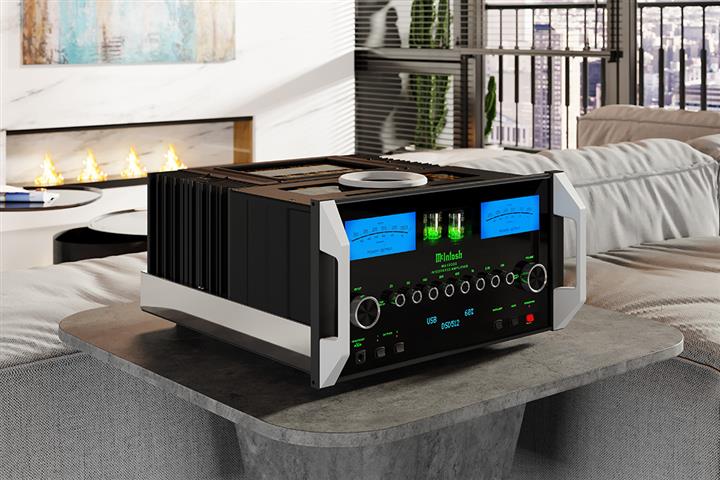
McIntosh Laboratory Inc. (McIntosh) is one of the corner-stone brands in high-end audio. The company was founded in 1949, in Silver Spring, Maryland, U.S. prior to moving to Binghamton, NY in 1951, where it still resides today. A long heritage coupled with classic design, craftsmanship and a continuing ‘built-in-the-U.S.A.’ modus operandi has made it an iconic brand that is recognized worldwide. I often refer to them as the Harley-Davidson of the audio world as both have a strong U.S. heritage and brand recognition and provide pride of ownership that reaches to family heirloom levels. And, let’s not forget both their close ties to the spirit of rock & roll.
Today, McIntosh is a headline brand within the McIntosh Group, keeping company with its sister brands, Sonus Faber and Sumiko. The company belongs to a small crowd of audio product manufactures that produce a full-line of source-to-speaker audio products, including streamers, turntables, home-theatre components as well as specialty products.
Nine models make up the McIntosh integrated amplifier line-up. The MA12000 took flagship position within the integrated amplifier line-up, in October 2020, supplanting but not replacing the well-established MA9000. The MA12000 is a 2-Channel Hybrid Integrated Amplifier, combining a vacuum tube preamplifier with a solid-state power amplifier. It is the most powerful integrated amplifier that McIntosh has ever produced! With 350 Watts into 8, 4 or even 2 Ohm loads, the MA12000 has power sufficient to drive virtually any consumer speaker, without breaking a sweat.
The design and build of the MA12000 embraces the classic and most recognizable features of the brand, including large twin blue lit power meters; round chrome-accented control knobs; contoured rocker switches; a real glass faceplate; Medieval font green LED back-lit logo; and an immense and hefty no-nonsense stainless-steel mirror-polished chassis with matte black panels and heatsinks. Yet the MA12000 has a couple aesthetic design features that set it apart from the MA9000 – a unique front and centre window that shows off its four 12AX7A vacuum tube complement and glows fiery amber on power up before going to a McIntosh goblin green once its ready to rock. As well, the MA12000 sports a top porthole-like nameplate, reminiscent of a coffee cup holder, yet attractive, nonetheless.
The MA12000 is menacing in its stature and form. Its visual composure is one of brutal majesty, big (17 ½” x 21” x 9 ½”), super brawny (108 lbs/48.9kg), and elegant – combining heritage romanticism with industrial purposefulness. The control knobs and rocker switches are retro, both in their look and feel – though they function well, don’t expect silky smooth or weighty sophistication. Build materials, fit and finish are all very good though not quite what I would call luxury level; think Shelby Cobra rather than Bentley. That said, the provided full function remote has a stylish, almost luxurious appearance and feel, without being fashioned out of expensive materials. There is no doubt that the MA12000 is an attention grabber, in part due to its large glass face, imposing size, massive silver front handles and who’s forgetting those intoxicating glowing green lights. This flagship integrated just draws admiration unto itself, testified by the reaction I customarily got from visitors to my home, who, upon seeing the MA12000, exhaled a customary – ‘Wow’.
Unlike the MA9000, the MA12000 is a hybrid amplification design that combines a tube preamplifier together with a solid-state amplifier. Why did McIntosh go with a hybrid design? Perhaps, I’ll just quote what McIntosh has to say, ‘it gives you the best of all worlds with the warm nuances of a vacuum tube preamplifier combined with the speed and raw power of a solid state amplifier’. The MA12000 uses McIntosh’s Autoformers to control its output and ensure it can deliver its rated 350 Watts per channel into 8 / 4 / 2 Ohms, having corresponding speaker taps on the back for optimization. Maximum distortion of the amplifier-section at rated power is 0.005% and McIntosh’s Power Guard prevents clipping, making the tubes glow amber when engaged and capping output distortion to 2%. Of note, is that the preamplifier has a 0.03% maximum distortion, and a maximum A-weighted signal-to-noise ration of 95dB below rated power.
The MA12000 integrated amplifier has a broad set of features, including adjustable (resistance and capacitance) MM and MC phono stages; eight-band (25 Hz to 10kHz) equalizer, headphone amplifier and DAC (DA2) module with 2 x coaxial, 2 x optical, 1 x USB, 1 x MCT and, 1 x HDMI -ARC) handling up to DSD 512, DXD 384kHz, and PCM up to 24b/192kHz or 384kHz via USB. The McIntosh DA2 is Roon Tested, for maximum compatibility and will be automatically identified and configured. The DA2 is the same DAC module that’s in the McIntosh C2700 preamplifier and an upgrade to the DA1 currently shipped within the MA9000. Though the MA9000 doesn’t ship with a DA2 installed, owners can upgrade to DA2 after-the-fact. Rounding out the feature set are 6 x RCA (unbalanced) and 2 x XLR (balanced) analog inputs, variable and fixed unbalanced outputs and finally, three pairs of very large (1 ¾” length) brass-like speaker binding posts for each of the 8 / 4 / 2 Ohm taps. Only one thing makes the MA12000 short of being an all-in-one and that is it doesn’t have a built-in digital music streamer.
I used the MA12000 in my reference system exclusively. I have a dedicated listening room (13’ x 19’ x 8’) that is acoustically treated, and sound insulated. Speakers used were primarily my Dynaudio Confidence C2 Signatures but I also did some listening with my Focal Electra 1008 Be standmounts. Digital source was the current Bluesound NODE (3rd ed.) and analog was my VPI Scout with Dynavector 10×5 cartridge. For comparisons, I did swap in my Gold Note PH-10 phono stage & PSU-10 and ADL by Furutech Esprit DAC/ADC. For cabling, I used my Pangea AC-9 power cable, Audio Sensibility Statement speaker cables, Atlas Cables Hyper Integra RCA interconnects and Eos dd digital interconnect.
I’ve had a few demonstrations of McIntosh components over the years, spending time mostly with their separates, though my first real acquaintance with McIntosh was about 20 years back, at Audio Excellence in Richmond Hill, Canada. It was an entry level McIntosh integrated, as I recall, and hooked up to a pair of Magnepan 1.6 panel speakers. Listening to Johnny Cash, the clarity of his voice over the Maggies left a lasting impression. However, since then I haven’t had a McIntosh audition that was memorable. In fact, I’ve found the sound just a little too dark, a little woolly but nonetheless full, rich and relaxed. That said, the McIntosh look, and build has always charmed me. Over the last couple years, I’d heard that the McIntosh house sound had evolved, with this new McIntosh sound now more fully embracing audiophile qualities, such as, detail, transparency, air and imaging. Hence, getting a good listen to the relatively new MA12000 was that much more exciting for me.
One of the albums that made a real impression on me with the MA12000 was Dominic Miller’s 2004 album, Shapes, via Tidal HiFi music steaming. The opening guitar plucks on ‘Albinoni, Giazotto: Adagio in G minor’ were sweet as honey and saturated, yet still conveying intensity through their bite. The sweeping of the string instruments within the orchestra in the background conveyed the emotion and flow of the music, while the bass plucks were copious and embodied. There was a sense of effortlessness to the presentation; relaxing and enchanting was the sound. The presentation was utterly smooth yet vivid, appetizingly detailed without being forensic. Moving to the track ‘Shape of My Heart’, vocals by Sting, the naturalness and humanness embodied in Sting’s voice was most apparent through the MA12000. Once again, detail, focus and clarity but also beautifully natural. The bass had impressive weight and bloom, forgoing some ultimate depth and articulation but not leaving me wanting. And then, the track ‘J.S. Bach: Suit No. 3 in D, Air on the G String’, here the MA12000 portrayed the bass with a mellifluous character, resonant, profuse, and suave. The bows across the strings had buoyancy and a great sense of ease that bathed me in a sonic succulence.
Moving to a track with a little more grunt, I played Metric’s Grow Up and Blow Away album and the track ‘Rock Me Now’ over Tidal HiFi music. The opening drumbeat was taught and tuneful and clearly separated from the bassline that comes in on the chase. The electric bass had a snappy impact, and the articulation was apparent in its growl. It was evident on this track that the MA12000 had no problem throwing a wide soundstage, reaching beyond the outer edges of my Dynaudio C2 Signature speakers. Is the MA12000 utterly neutral in tone? I’d have to say no. Rather, there are a couple of added helpings of warmth to be found across the spectrum, and along with this warmth, a most noticeable added weight and fullness in the lower frequencies. The upper mids and treble sound relatively even but there isn’t any noticeable high frequency air and openness; you get an extended, detailed, and delicate treble that is wet rather than dry and is most definitely not extroverted. This character does however go far in making lesser recordings less harsh and more enjoyable.
Next, during my listening sessions, I played some vinyl to evaluate the MA12000 integrated MM phono stage. Phono stages are the key to getting the best in vinyl playback; you may have the best turntable and cartridge, but that micro-voltage signal must travel through the phono stage to be useable by the preamplifier and that is exactly where its most vulnerable to sins of omission or commission. Listening to an original pressing of Sting’s “Englishman in New York’ from the album …Nothing Like the Sun, it was clear this was a phono stage of quality. The opening sax was smooth and liquid yet brassy, while the bass had thickness with an elastic character that maintained the jump factor of the piece. Listening to the piano notes, though there was some muting of vivacity in the keys, the ivory warmth and tone was well conveyed. The break of the drum roll was portrayed with wonderful weight, transients though were slightly rounded. The cymbals with were crisp, if somewhat recessed, just shading the tail of their sustain. The phono stage was strong in its delivery of harmonics, providing a full tonal palate, paired with a honied treble and anchoring bass notes. Comparing back-to-back with my Gold Note phono stage, using the same tonearm interconnect but now connecting to the MA 12000 via XLR, it was evident that the Gold Note was a clear step-up in performance. The Gold Note provided more front-to-back sound stage layering, more air, more definition & detail with a more visceral, and dynamic delivery. However, the McIntosh stage’s only sins were small and those few were only ones of omission. This must be taken in context; the Gold Note with separate power supply is priced at $1,599 + $1,099 and is a very high achiever. In short, the McIntosh phono stage is a very well designed and executed integrated solution and will surely satisfy most vinyl listeners. In my estimation, the MA12000’s in-board phono stage is competitive with standalone stages nearing $1500. Now, what’s not to love about that!
I also did some listening to the headphone output of the McIntosh with my Grado 325e cans. I expected that the sound would be respectable but to my surprise, I found that the McIntosh headphone output was more than respectable, it was great! The presentation was relaxed and effortless and the bass was full, no sense of struggle across the frequency range. Resolution and detail too was very good, providing strong focus and clarity. My typical headphone amplifier is my ADL Esprit but I found the McIntosh to outperform it. McIntosh employs a proprietary Headphone Crossfeed Director (HXD) circuit as the default setup, which can be disengaged with the menu selections. The HXD changes the presentation from the typical between-the-ears to a more forward-of-ears experience, emulating a near-field speaker setup. I preferred the HXD presentation with several recordings, so it’s worth experimenting. A feature like this could easily get missed if you don’t read the manual…like anyone doesn’t read the manual?
The MA12000 includes McIntosh’s latest modular DAC, the DA2. I previously mentioned its functionality and key specifications but how does this DAC stand on its own. For that, I compared it to my Bluesound NODE’s built-in DAC as well as to my ADL by Furutech, Esprit DAC. Beginning with the Esprit DAC, which is now seven years old and uses a 24-bit/192kHz Wolfson WM8716 chip, I played Shelby Lynn’s Just a Little Lovin’ album, title track. It was obvious from the get-go that the bass resolution, bass grip was superior with the McIntosh DA2. The midrange of the DA2 was clearer and more explicit. There was more air and extension, with added clarity in the high frequencies. Also, too, the McIntosh DA2 had more accurate timbre, cymbals hits portrayed with improved extension, faster transients, stronger dynamics, and more extended decay.
Next, I put the McIntosh DA2 up against the current Bluesound NODE. The gap was smaller vs. the NODE but still here the McIntosh DA2 in the MA12000 eclipsed the NODE. With Lori Cullen’s, ‘Moon River’ off TIDAL HiFi streaming, the opening metallic notes were noticeably more resolved, realistic, and focused with the McIntosh DA2 DAC. Lori’s voice was clearer with the DA2, as if removing a gauze from the NODE’s image. There was also more dynamic energy and a greater sense of speed with the McIntosh DA2 DAC module, in play. I’m confident that the McIntosh DA2 DAC module would fare well against standalone DACs in the sub $1500 range.
The McIntosh MA12000 integrated amplifier is a fabulous performer. As a preamplifier and amplifier, it offers superb power reserves with incredibly full and powerful bass combined with top-to-bottom natural warmth, tone & timbre. If this is the evolution of the McIntosh sound, I’m on-board. It brings together warmth, fullness, smoothness and forgiveness with a clarity, detail, and sufficient treble definition presence to satisfy both music lovers and audiophiles. It isn’t the last degree of transparency or neutrality but excels at presenting music in a beautiful manner with plentiful musical incite to captivate the critical ear…or two. With a M.S.R.P. of U.S. $14,000, the MA12000 is not the average person’s integrated amplifier and won’t be affordable for most; however, within high-end audio and compared to separates, it offers excellent value. Here we have a single box solution that is virtually an all-in-one, apart from streamer, with the performance of high-end separates. With gorgeous styling, tank-like build, quality parts and craftsmanship, the MA12000 may just be that end-game solution you’ve been after. Given McIntosh’s heritage, those who acquire a MA12000 may just not find audio bliss but a true investment into a family heirloom.
For more info, check out www.mcintoshlabs.com
13 Comments
Leave A Comment
You must be logged in to post a comment.

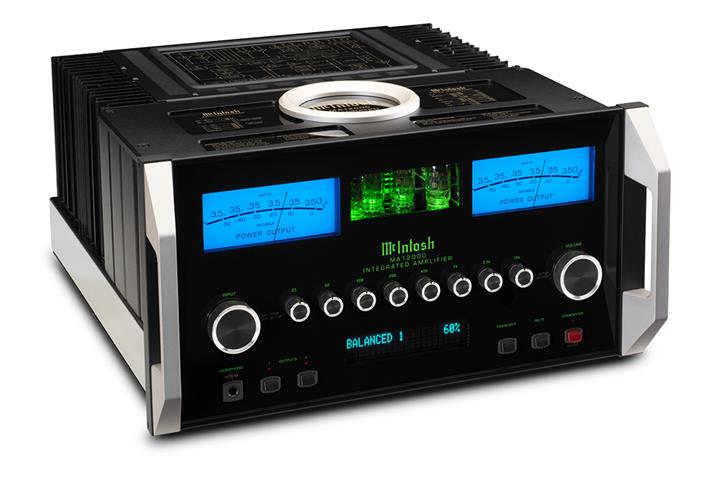
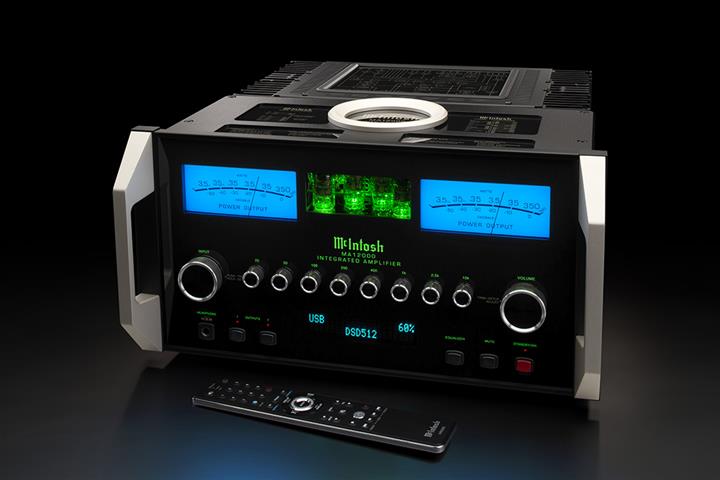
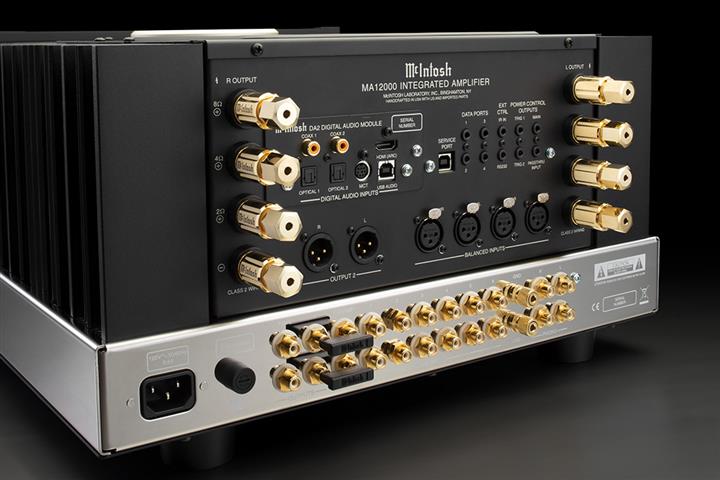
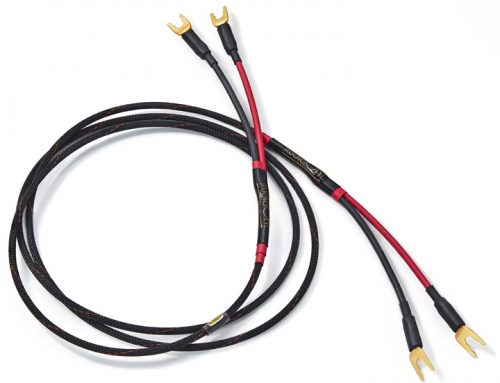
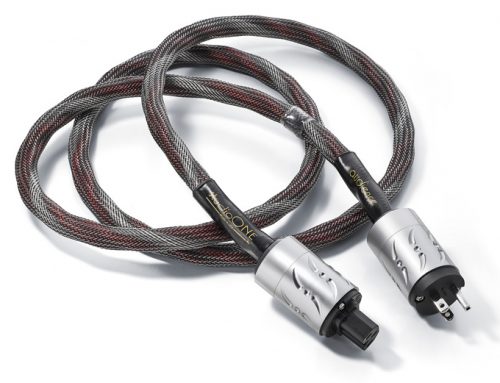

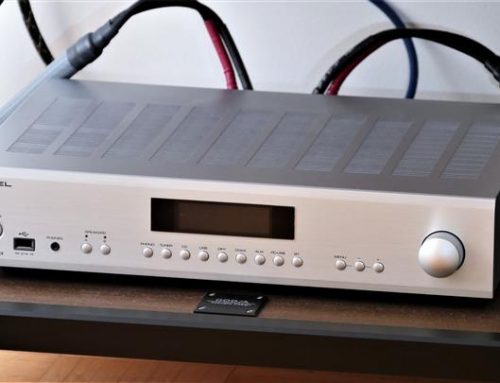
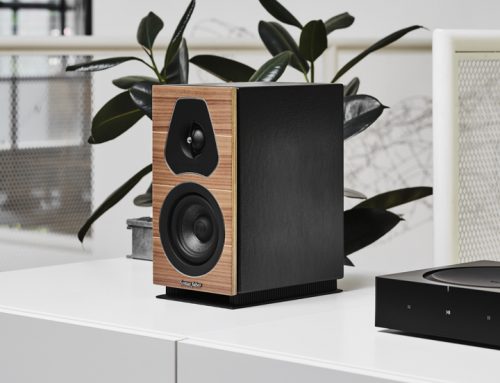
1ethereal
gay chat colorado https://bjsgaychatroom.info/
gay dating websites dallas https://gaypridee.com/
gay chat phone line lockerroom https://gaytgpost.com/
gay trucker dating https://speedgaydate.com/
las vegas slots for free https://2-free-slots.com/
fortnite weapon slots https://freeonlneslotmachine.com/
video slots free https://candylandslotmachine.com/
caesars slots https://slotmachinesworld.com/
free slots to play online https://beat-slot-machines.com/
find a dissertation https://buydissertationhelp.com/
dissertation defense powerpoint template https://dissertationwriting-service.com/
dissertation topics https://mydissertationwritinghelp.com/